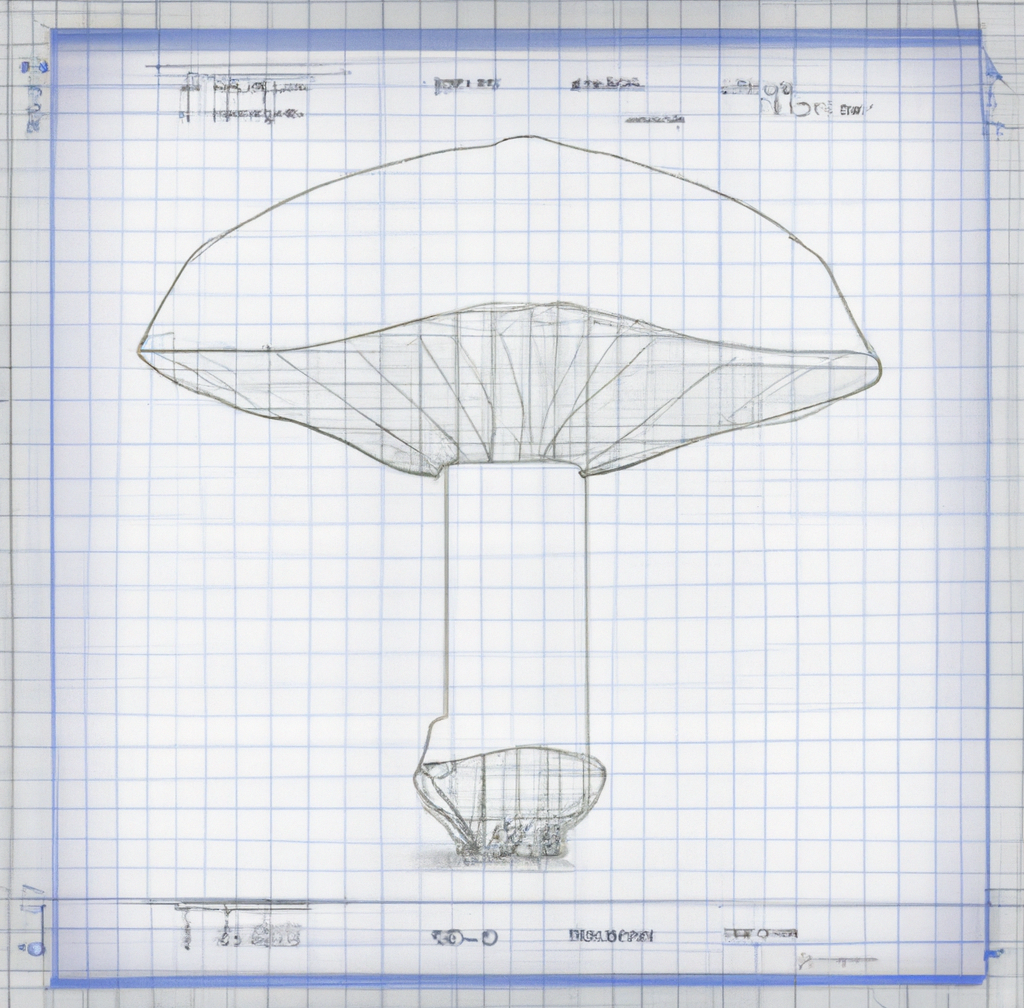Mushrooms are the fruiting body of fungi, and come in a variety of shapes, sizes, and colors. While the exact anatomy of a mushroom can vary depending on the species, most mushrooms share a similar basic structure.
The Basics of Mushroom Anatomy
The cap of a mushroom is the rounded, often umbrella-shaped top of the fruiting body. The cap is supported by a stem, which is typically cylindrical in shape and can vary in length and thickness. The underside of the cap is lined with gills, which are thin, ribbed structures that radiate out from the stem. The gills contain the spores of the mushroom, which are dispersed when the cap is disturbed or when the mushroom is mature.
Some species of mushrooms have pores instead of gills. Pore-bearing mushrooms have a flat or slightly convex cap with a spongy underside covered in tiny holes. The spores of these mushrooms are released through the pores rather than the gills.
Understanding Mycelium
The mycelium is the part of the fungus that grows underground or within the substrate where the mushroom is growing. The mycelium is a network of thin, branching filaments called hyphae. The hyphae absorb nutrients from the substrate, breaking down organic matter and converting it into a form that the fungus can use for growth. When conditions are right, the mycelium produces a fruiting body, which is the visible part of the mushroom.
Mushrooms are also classified as either saprotrophic or mycorrhizal. Saprotrophic mushrooms obtain their nutrients from dead or decaying organic matter, while mycorrhizal mushrooms have a symbiotic relationship with the roots of plants. Mycorrhizal fungi help plants absorb water and nutrients from the soil, while the plants provide the fungus with carbohydrates.
In addition to their basic structure, mushrooms can also have a variety of other features, such as rings or scales on the stem, a veil that covers the gills when the mushroom is young, or a partial veil that leaves a ring-like structure on the stem as the cap expands. These features can be used to help identify different species of mushrooms.

